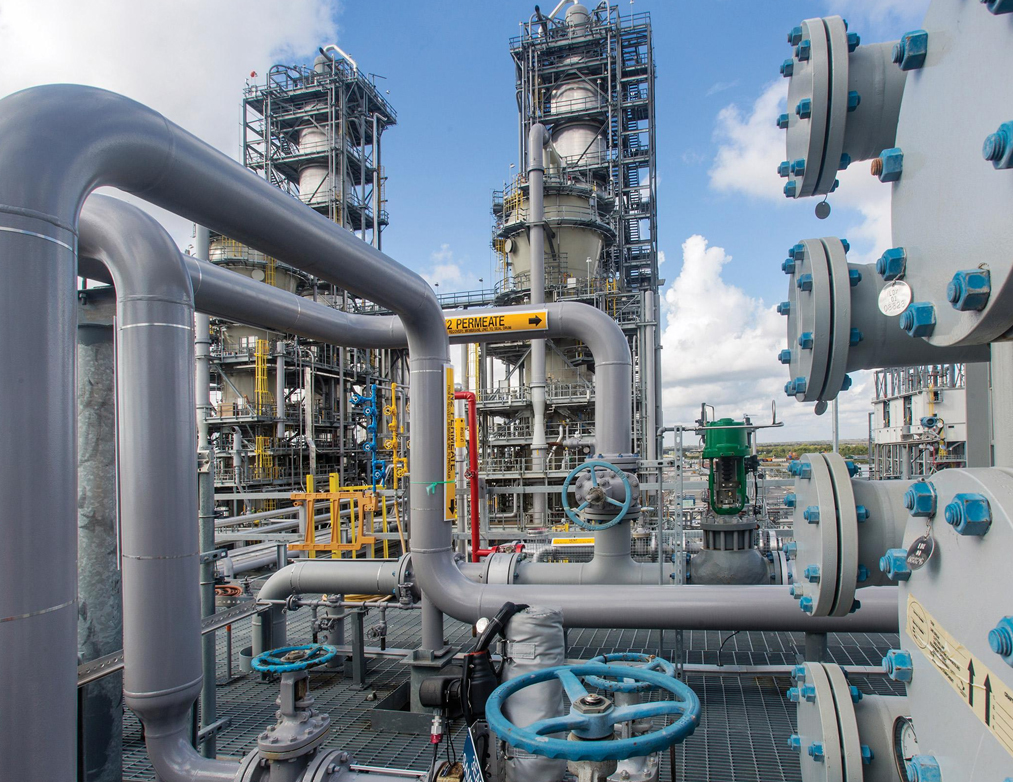Sindhi
- Afrikaans
- Albanian
- Amharic
- Arabic
- Armenian
- Azerbaijani
- Basque
- Belarusian
- Bengali
- Bosnian
- Bulgarian
- Catalan
- Cebuano
- Corsican
- Croatian
- Czech
- Danish
- Dutch
- English
- Esperanto
- Estonian
- Finnish
- French
- Frisian
- Galician
- Georgian
- German
- Greek
- Gujarati
- Haitian Creole
- hausa
- hawaiian
- Hebrew
- Hindi
- Miao
- Hungarian
- Icelandic
- igbo
- Indonesian
- irish
- Italian
- Japanese
- Javanese
- Kannada
- kazakh
- Khmer
- Rwandese
- Korean
- Kurdish
- Kyrgyz
- Lao
- Latin
- Latvian
- Lithuanian
- Luxembourgish
- Macedonian
- Malgashi
- Malay
- Malayalam
- Maltese
- Maori
- Marathi
- Mongolian
- Myanmar
- Nepali
- Norwegian
- Norwegian
- Occitan
- Pashto
- Persian
- Polish
- Portuguese
- Punjabi
- Romanian
- Russian
- Samoan
- Scottish Gaelic
- Serbian
- Sesotho
- Shona
- Sindhi
- Sinhala
- Slovak
- Slovenian
- Somali
- Spanish
- Sundanese
- Swahili
- Swedish
- Tagalog
- Tajik
- Tamil
- Tatar
- Telugu
- Thai
- Turkish
- Turkmen
- Ukrainian
- Urdu
- Uighur
- Uzbek
- Vietnamese
- Welsh
- Bantu
- Yiddish
- Yoruba
- Zulu
Telephone: +86 13120555503
Email: frank@cypump.com
Dec . 10, 2024 05:11 Back to list
septic system pump replacement
Understanding Septic System Pump Replacement A Homeowner's Guide
Maintaining a septic system is crucial for any property utilizing one, especially in rural areas where municipal sewage services are unavailable. One of the essential components of this system is the pump, which plays a vital role in transporting wastewater to the drain field. Over time, pumps may wear out due to age, mechanical failure, or sediment buildup, necessitating a replacement. Understanding the signs that indicate your pump needs replacement, the process involved, and the options available can help homeowners make informed decisions.
Recognizing the Signs of a Failing Pump
Before diving into pump replacement, it’s essential to recognize the signs that your septic system pump may be failing. Some common indicators include
1. Frequent Backups If your sinks, toilets, or drains regularly back up, it might point to a failing pump that cannot efficiently move wastewater through the system.
2. Unpleasant Odors A foul smell emanating from your yard or inside your home is another warning sign. This may indicate that wastewater is not being properly pumped away, leading to surface leaks or odors.
3. Visible Water Pooling Puddles or wet spots near the septic tank or drain field area often suggest that the pump is not functioning as it should, resulting in excess water that isn’t filtering properly.
4. Increased Power Bills A sudden spike in energy bills could indicate that your pump is working harder than necessary, possibly due to a malfunction.
5. Pump Running Constantly A pump that runs continuously or cycles on and off frequently may be trying to compensate for a problem within the system.
If you notice any of these signs, it is advisable to inspect your septic system and consider pump replacement.
The Replacement Process
Replacing a septic system pump involves several steps
. Here’s a general overview of what to expectseptic system pump replacement

1. Assessment A professional septic technician will evaluate your system to determine the cause of the pump failure and confirm that replacement is necessary.
2. Choosing the Right Pump There are various types of septic pumps available, including submersible pumps, effluent pumps, and grinder pumps. The correct choice depends on your system’s design and the nature of wastewater you are dealing with. Consulting with a qualified technician can help you select the most suitable option.
3. Removal of the Old Pump The technician will safely disconnect and remove the old pump from the septic system. This may involve lifting a heavy unit and ensuring the integrity of the surrounding system is maintained.
4. Installation of the New Pump The new pump is installed, connected to the electrical system, and tested to ensure it operates correctly. The technician will also check for any potential leaks and verify that the pump is appropriately aligned with the system specifications.
5. Final Inspection After installation, the technician will conduct a final inspection to ensure everything is functioning correctly and will provide guidance on maintenance practices to prolong the life of the new pump.
Maintenance Tips for Your Septic Pump
After replacing your septic pump, it’s important to implement regular maintenance to keep the system running smoothly
- Schedule Regular Inspections Have your septic system inspected at least annually by a qualified technician.
- Avoid Flushing Non-Biodegradables Only human waste and toilet paper should be flushed; avoid flushing feminine products or chemicals that can deteriorate the system.
- Limit Water Use Overloading the septic system with excessive water can stress the pump. Spread out water usage throughout the week.
- Educate Household Members Make sure everyone in your home understands basic septic system care to avoid unnecessary issues.
Replacing a septic system pump can seem daunting, but understanding the symptoms of failure and the replacement process can empower homeowners to act promptly. By taking proactive steps in maintenance and care, you can ensure the longevity of your septic system and pump, safeguarding your home’s sanitation and health.
-
ISG Series Vertical Pipeline Pump - Chi Yuan Pumps Co., LTD.|High Efficiency, Energy Saving, Low Noise
NewsJul.30,2025
-
ISG Series Vertical Pipeline Pump- Chi Yuan Pumps|High Efficiency&Low Noise
NewsJul.30,2025
-
ISG Series Vertical Pipeline Pump-Chi Yuan Pumps Co., LTD.|High Efficiency&Energy Conservation
NewsJul.30,2025
-
ISG Series Vertical Pipeline Pump - Chi Yuan Pumps Co., LTD.|Advanced Hydraulic Design&Energy-Efficient Solutions
NewsJul.30,2025
-
ISG Series Vertical Pipeline Pump - Chi Yuan Pumps Co., LTD.
NewsJul.30,2025
-
ISG Series Vertical Pipeline Pump - Chi Yuan Pumps Co., LTD.|energy-efficient fluid handling&industrial durability
NewsJul.30,2025










